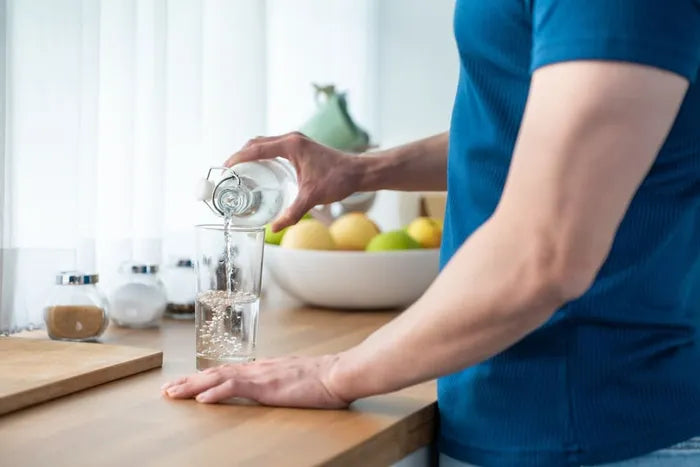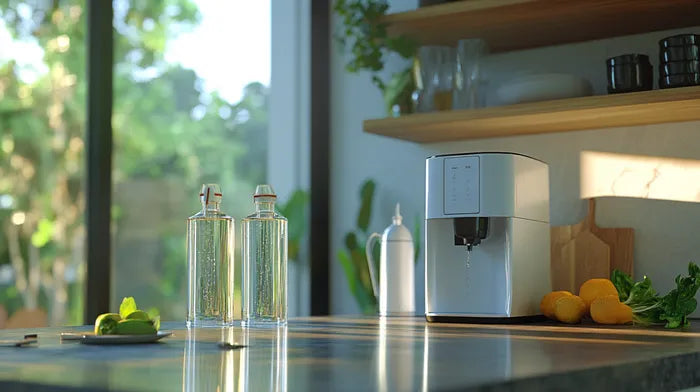Can Microplastics Be Detected in Your Drinking Water?
Updated February 5, 2025

Until recently, detecting microplastics in drinking water was not possible, and while there has been technological development, it's still limited to detection in laboratories. The Southern California Coastal Water Research Project has established the first standardized analytical method in the world for testing and reporting microplastics in drinking water. The method allows microplastics to be measured consistently from one lab to the next, including Raman spectroscopy and infrared spectroscopy.
Proactively Removing Microplastics From Drinking Water
While it may not be possible to detect microplastics in your own drinking water, there are some proactive methods of removing these compounds from your life.
One of the most practical ways is by cutting out bottled water. While there are still microplastics in tap water, bottled water has a significantly higher concentration.
Alternatively, you can use a water filter for microplastics. The smallest microplastic compounds measured in tap water were 2.5 micrometers, although most are slightly bigger. It's important to understand this as it will impact the type of filter required if you choose to filter your own water. Not all water filters remove microplastics in tap water, but the three recommended methods include carbon filtration, reverse osmosis, and distillation.
Conclusion
While there's still very little understanding of the effect of microplastics on human health, it's best to get ahead of any long-term conditions and reduce your ingestion of microplastics where you can.











































